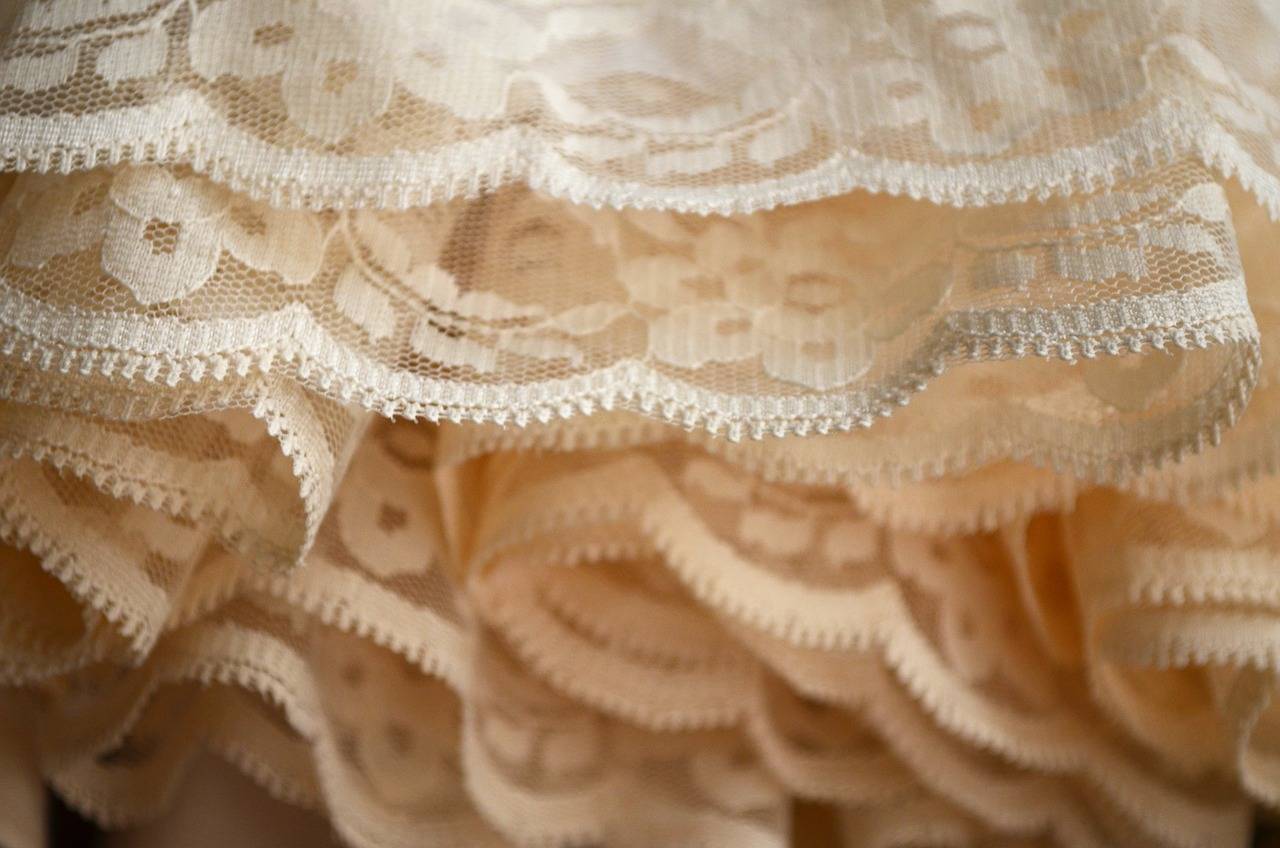The Role of Fashion in Shaping Cultural Identity
Traditional garments play a significant role in shaping the cultural identity of a community. These garments are not merely pieces of fabric stitched together; they are manifestations of history, values, and beliefs passed down through generations. When people wear traditional clothing, they not only adorn themselves but also carry with them the stories of their ancestors and the essence of their heritage.
In many cultures, traditional garments are intricately woven into everyday life, from religious ceremonies to festive celebrations. The colors, patterns, and styles of these garments often symbolize specific meanings and hold deep cultural significance. By preserving and wearing traditional clothing, individuals are not only expressing their identity but also showcasing the rich tapestry of their cultural heritage for the world to see.
The Evolution of Fashion Trends Across Different Cultures
Fashion trends have always been a reflection of the cultural heritage and beliefs of different societies around the world. From the intricate embroidery of Indian saris to the minimalist elegance of Japanese kimonos, each culture has its unique style that has evolved over generations. These fashion trends not only showcase the creativity and craftsmanship of artisans but also serve as a means of preserving and passing on cultural traditions to future generations.
As globalization continues to blur geographical boundaries, fashion trends are becoming more eclectic and diverse than ever before. Traditional garments from one culture are now being reinterpreted and embraced by individuals from different parts of the world, leading to a fusion of styles and influences. This cross-pollination of fashion has resulted in a rich tapestry of sartorial expressions that blur the lines between traditional and contemporary, creating a global fashion landscape that is constantly evolving and reinventing itself.
The Impact of Globalization on Cultural Fashion
Globalization has undeniably reshaped the landscape of cultural fashion, blurring the lines between traditional attire and modern styles. As boundaries between nations become more fluid, different cultures have started influencing one another’s fashion aesthetics, giving rise to innovative and eclectic designs that reflect a fusion of diverse cultural elements.
One of the consequences of globalization on cultural fashion is the commercialization of traditional garments, where they are often mass-produced for a global market. This commercialization has led to both appreciation and appropriation of cultural attire, sparking debates on the preservation and respect for the authenticity of traditional clothing in a rapidly changing fashion industry.





